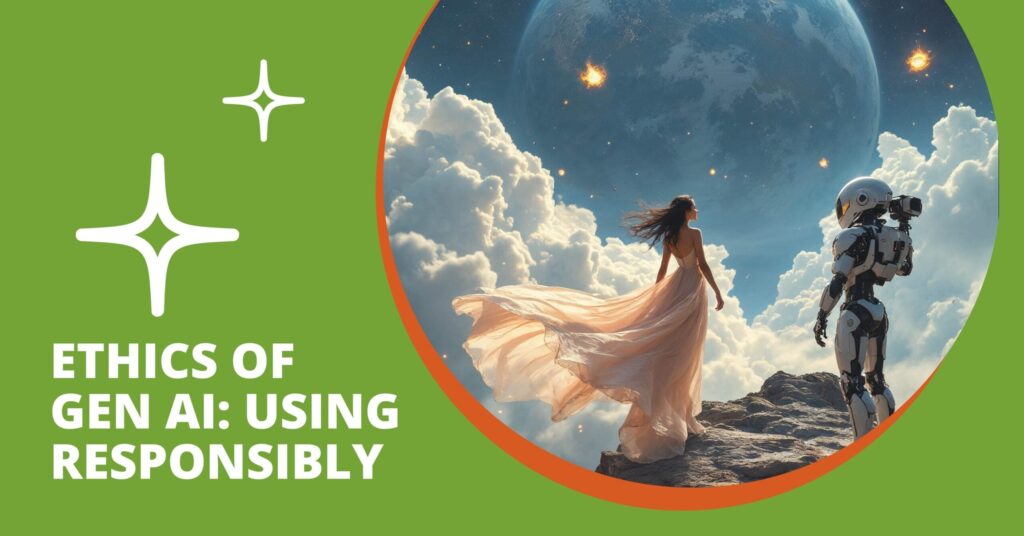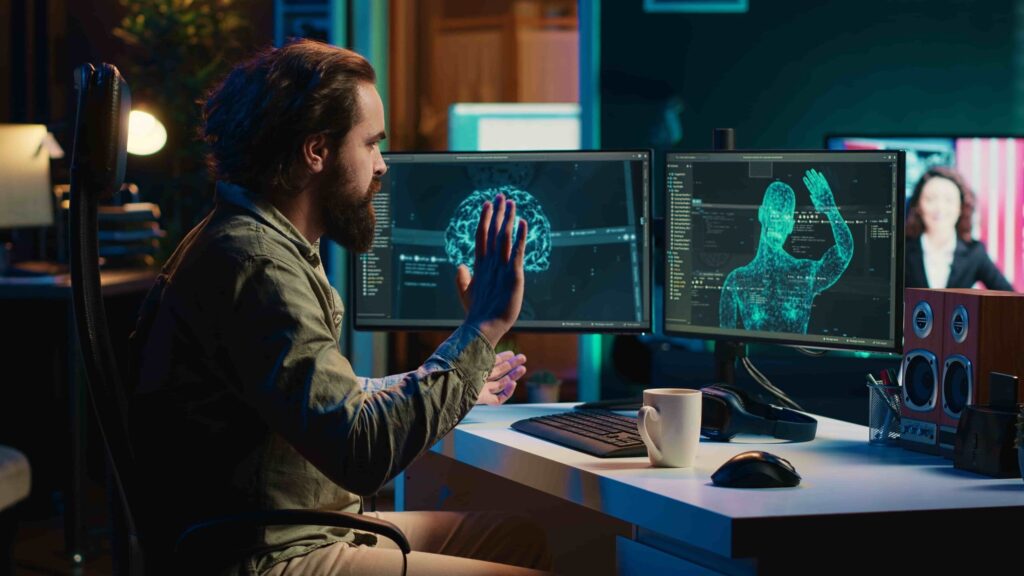What Video Creators Need to Know

Artificial Intelligence (AI) is revolutionizing the world of video editing, offering editors powerful tools to enhance creativity and efficiency. However, as with any new technology, it is important to address the ethical implications that come with it.
Key Ethical Considerations

- Deepfakes and Manipulation AI-powered tools can create hyper-realistic video content, but this also raises concerns about the creation of deepfakes—videos designed to manipulate reality. Creators must ensure their content is authentic and does not mislead audiences.
- Loss of Human Creativity With AI handling many aspects of editing, there is a fear that human creativity might take a backseat. It is essential to strike a balance between automation and maintaining the artistic touch of the editor.
- Copyright and Ownership AI-generated edits raise questions about ownership. Who owns the content created by AI? Creators must be aware of copyright laws and ensure they are not infringing on others’ intellectual property.
Best Practices for Video Creators

- Transparency: Be upfront about using AI tools in your editing process.
- Authenticity: Avoid using AI to deceive or mislead audiences.
- Creativity: Use AI to enhance, not replace, your creative decisions.
Video Editing Institutes and AI Integration
DaVinci Resolve is one of the most popular video editing software programs among professionals, known for its industry-leading colour grading capabilities. It is a full-fledged non-linear video editor, offering a comprehensive suite of editing tools for large and small projects alike. To master this, consider enrolling in a DaVinci Resolve course.
Strengths of DaVinci Resolve:
1. Professional-Grade Colour Grading: DaVinci Resolve’s colour correction tools are unmatched. Editors can achieve cinematic quality by fine-tuning colours, tones, and lighting.
2. Advanced Video Editing Tools: The software supports multi-layered editing,
keyframing, and advanced timeline management. This makes it suitable for editing
everything from short videos to feature-length films.
3. Fusion for Visual Effects: DaVinci Resolve’s Fusion feature is ideal for adding high- end visual effects, motion graphics, and compositing.
4. Audio Post-Production: With Fairlight, DaVinci Resolve includes powerful audio
editing tools, eliminating the need for a separate audio workstation.
While DaVinci Resolve is more advanced and better suited for handling comprehensive video editing projects, it does have a steeper learning curve, particularly for beginners. A Da Vinci Resolve course can be incredibly beneficial to help you navigate its complex features.
Download our brochure now to explore more details.
